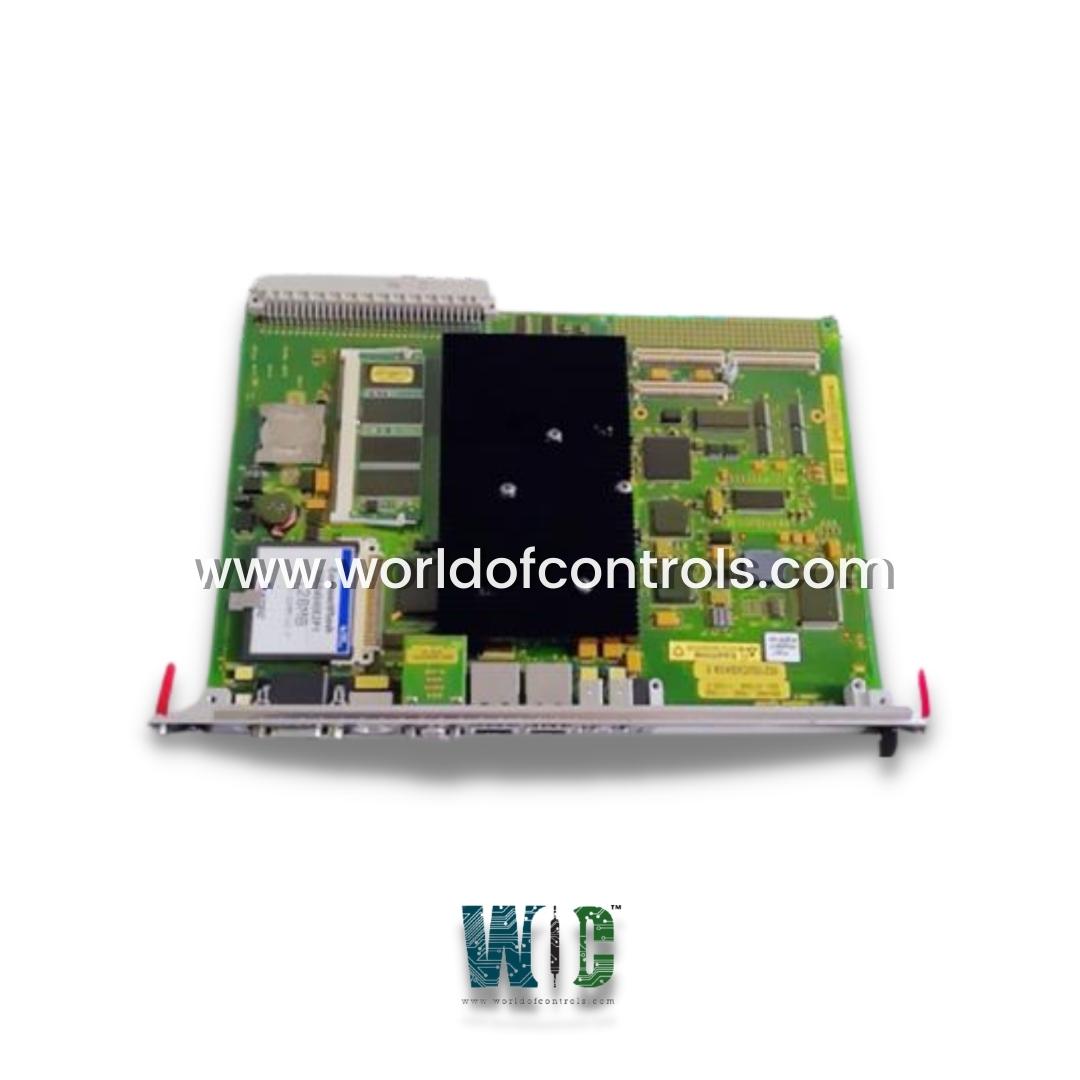
World Of Controls understands the criticality of your requirement and works towards reducing the lead time as much as possible.
IS215UCVGM09C - VME CPU Card is available in stock which ships the same day.
IS215UCVGM09C - VME CPU Card comes in UNUSED as well as REBUILT condition.
To avail our best deals for IS215UCVGM09C - VME CPU Card, contact us and we will get back to you within 24 hours.
SPECIFICATIONS:
Part Number: IS215UCVGM09C
Manufacturer: General Electric
Series: Mark VI
Product Type: VME CPU Card
Number of channels: 12
Memory: 128 MB SDRAM
Operating System: QNX
Programming: Boolean
Power Requirements UCVGH1: +5 V dc, 4 A typical, 5.4 A maximum
COM Ports: Two micro-miniature 9-pin D connectors
Microprocessor: Intel Ultra Low Voltage Celeron 650 MHz
Common Mode Voltage Range: +5 V dc
Maximum Lead Resistance: 15 Ohms
Analog output current: 0-20 mA
Operating temperature: -30 to 65 �C
Size: 8.26 cm high x 4.18 cm
Frequency: 50 or 60 Hz
Repair: 3-7 days
Availability: In Stock
Weight: 2 lbs
Country of Origin: United States
Manual: GEI-100603A
FUNCTIONAL DESCRIPTION:
IS215UCVGM09C is a VME CPU Card manufactured and designed by General Electric as part of the Mark VI Series used in GE Speedtronic Innovation Series Control Systems. The UCVG (Universal Control and Visualization Gateway) is a compact, high-performance, single-slot controller board designed for industrial automation and control systems. It is powered by an Intel Ultra Low Voltage Celeron processor running at 650 MHz, offering an efficient balance between processing power and energy consumption. The board comes equipped with 128 MB of SDRAM for runtime memory and 128 MB of flash memory for firmware and application storage, ensuring reliable operation in embedded environments. For communication and network connectivity, the UCVG features two 10BaseT/100BaseTX Ethernet ports, each utilizing an RJ-45 connector. These Ethernet ports are designed to support high-speed data communication for control, monitoring, and diagnostics.
Configuration of the UCVG, including network settings and operational parameters, is managed through the Toolbox software suite. Upon system startup, the controller performs a hardware validation check, ensuring that the existing configuration aligns with the physical hardware present. This validation process helps maintain system integrity and prevent configuration mismatches that could impact performance or functionality.
INSTALLATION:
The card is designed for insertion into a VME rack within the GE Mark VI control system. Carefully align the card with the designated VME slot and slide it in until it is fully seated in the backplane connector. Once inserted, secure the module using the rack�s mounting screws to prevent vibration or movement during operation. All necessary connections�such as Ethernet cables and serial communication lines�should then be attached to their respective ports. It is essential to follow standard electrostatic discharge (ESD) precautions during handling and installation.
The onboard Intel Ultra Low Voltage Celeron 650 MHz processor begins executing the configured control logic. The card supports two independent Ethernet ports, with the primary port connecting to the Universal Data Highway (UDH) for configuration, diagnostics, and controller communication, and the secondary port used for Modbus TCP/IP or Ethernet Global Data (EGD) on a separate IP subnet.
WOC has the largest stock of OEM Replacement Parts for GE Speedtronic Innovation Series Control Systems. We can also repair your faulty boards and supply unused and rebuilt boards backed up with a warranty. Our team of experts is available around the clock to support your OEM needs. Our team of experts at WOC is happy to assist you with any of your automation requirements. For pricing and availability on any parts and repairs, kindly contact our team by phone or email.
How many Ethernet ports does the module support?
The card provides two Ethernet ports (10BaseT/100BaseTX), each with an RJ-45 connector. The first port is typically connected to the Universal Data Highway (UDH), while the second can be used for a separate IP subnet, supporting Modbus TCP/IP or Ethernet Global Data (EGD) protocols.
What are the power requirements of this CPU card?
The card typically requires +5 V DC at 4 A, with a maximum draw of 5.4 A. Power should be supplied through a compliant VME backplane in a GE Mark VI rack.
What type of connectors are used for serial communication?
The card includes two micro-miniature 9-pin D-sub connectors, which are typically used for serial communication (RS-232/RS-485) with other control devices, terminals, or diagnostic tools.